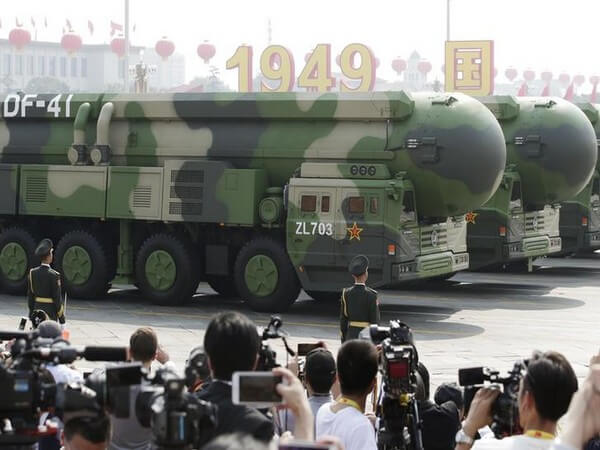
Missile Silo Splurge – China’s “Cold War Mentality”
Wed, 04 Aug 2021 | Reading Time: 7 minutes

Just what is China doing? Last week it was revealed that the People’s Liberation Army Rocket Force (PLARF) is building yet another vast field of silos from which to launch intercontinental ballistic missiles (ICBM). This discovery on satellite imagery of approximately 110 under-construction underground silos in Xinjiang comes on top of last month’s revelation of a network of 120 silos in landlocked Gansu Province. Already the world is on edge over China’s unprecedented military modernization under Chairman Xi Jinping, and the country is now accelerating efforts to boost its nuclear weapon arsenal.
This newest silo field for DF-41 ICBMs – each missile with an estimated range of 12,000-15,000km, and their warheads containing up to 5-6 multiple independent re-entry vehicles (MIRV) – was discovered by Matt Korda, Research Associate for the Nuclear Information Project at the Federation of American Scientists (FAS), using commercially available satellite imagery from Planet. Located near the city of Hami in eastern Xinjiang, this newest silo field is 380km northwest of the one near Yumen. Its construction is not at such an advanced stage, although site works that commenced in March are proceeding rapidly.
Satellites showed dome shelters erected over at least 14 silos, while another 19 have had soil cleared ready for silo construction to start. The domes will be removed after sensitive construction work is completed. Laid out in an almost perfect grid pattern covering some 800km2, about 110 silos will be built 3km apart. This means they are very similar to the layout at Yumen.
There is debate over whether each silo would actually host a missile since some could be decoys. Alternatively, they could represent a “shell game”, the conman’s trick of shuffling hidden objects to fool an observer. Thus, China could randomly rotate a smaller number of ICBMs around these silos to keep an opponent guessing. The FAS thus commented, “It is unclear how China will operate the new silos, whether it will load all of them with missiles or if a portion will be used as empty decoys. If they are all loaded with single-warhead missiles, then the number of warheads on Chinese ICBMs could potentially increase from about 185 warheads today to as many as 415 warheads. If the new silos are loaded with the new MIRVed DF-41 ICBMs, then Chinese ICBMs could potentially carry more than 875 warheads (assuming three warheads per missile) when the Yumen and Hami missile silo fields are completed.”
When the New York Times broke the story about the Hami field, the US military’s Strategic Command (STRATCOM) endorsed it, saying, “The public has discovered what we have been saying all along about the growing threat the world faces and the veil of secrecy that surrounds it.” Admiral Charles Richard, STRATCOM’s head, testified in April: “These capabilities bring into question China’s stated ‘No First Use’ policy declaration and implied minimum deterrent strategy. Behind a complete lack of transparency, China is rapidly improving its strategic nuclear capability and capacity, with rapid growth in road-mobile production, doubling the numbers of launchers in some ICBM brigades, deployment of solid-fuel ICBM silos on a potentially large scale, an added air leg, and are well ahead of the pace necessary to double their nuclear stockpile by the end of the decade.”
The Annual Threat Assessment of the US Intelligence Community, released in April, added, “China is building a larger and increasingly capable nuclear missile force that is more survivable, more diverse and on higher alert than in the past, including nuclear missile systems designed to manage regional escalation and ensure an intercontinental second-strike capability.” The Pentagon estimates the PLARF’s nuclear stockpile is in the low-200s, of which 100 warheads are on land-based ICBMs. However, China’s nuclear arsenal is still eclipsed by the USA’s and Russia’s combined total of 11,000 nuclear warheads. The USA possesses around 3,800 warheads, of which around 1,750 are deployed.
The discovery of two distinct ICBM silo fields is simply stunning, representing the greatest expansion of China’s nuclear weapon arsenal in its history. China is also building at least 16 DF-41 missile silos in Jilantai in Inner Mongolia in a PLARF training area. Added together, along with potential new DF-5 silos, China has some 250 silos under construction. This is ten times greater than the number of silos that already exist.
Once these are completed, China will have more ICBM silos than Russia, and it will have about half as many as the USA. Remember that both China and Russia field a large number of ICBMs mounted on road-mobile transport-erector-launchers (TEL), whereas the USA has eschewed this form of delivery. Beijing likes to harp on about the USA having a “Cold War mentality”, but this degree of missile silo building is unprecedented since the Cold War.
The foremost question is why does China needs to expand its missile silos by a factor of ten? What is it afraid of or what is it planning to do?
Matt Korda and Hans Kristensen of the FAS speculated as to why China is splurging on silos. “Regardless of how many silos China ultimately intends to fill with ICBMs, this new missile complex represents a logical reaction to a dynamic arms competition in which multiple nuclear-armed players – including Russia, India, and the USA – are improving both their nuclear and conventional forces as well as missile defense capabilities. Although China formally remains committed to its posture of ‘minimum’ nuclear deterrence, it is also responding to the competitive relationship with country adversaries in order to keep its own force survivable and capable of holding adversarial targets at risk. Thus, while it is unlikely that China will renounce this policy anytime soon, the ‘minimum’ threshold for deterrence will likely continue to shift as China expands its nuclear arsenal. The decision to build a large number of new silos has probably not been caused by a single issue but rather by a combination of factors.”
Amongst the specific reasons listed by FAS, one is China ensuring its nuclear retaliatory capability is survivable. By increasing the number of silos, their vulnerability to pre-emptive attacks reduces. Another factor is to increase the readiness of the PLARF’s ICBM force, including relying more on solid-fueled missiles rather than the liquid-fueled DF-5, whose launch preparations take longer and are inherently more dangerous. A further reason could be China seeking to protect its ICBMs against non-nuclear attacks.
Existing DF-5 silos are within strike range of American cruise missiles, but the deep interior location of the Yumen and Hami sites puts them out of reach. Yumen is 3,500km from the Indian Ocean, 2,500km from the Bay of Bengal and 3,500km from the Western Pacific. Washington DC and Los Angeles are 11,200km and 11,000km away respectively.
The FAS also explained: “Concerns that missile defenses might undermine China’s retaliatory capability have always been prominent.” Therefore, equipping missiles with MIRVs and increasing the number of silo-based missiles increases the chances of penetrating US ballistic missile defenses in strength. It is believed that Chinese missiles are ordinarily deployed without nuclear warheads, in contrast to Russia and the USA who are ready to launch at short notice. Korda and Kristensen stated, “Because military competition with the United States is increasing, China can no longer be certain it would have time to arm the missiles that will need to be on alert to improve the credibility of China deterrent.”
Indeed, as Admiral Richard claimed in his testimony: “While China keeps the majority of its forces in a peacetime status, increasing evidence suggests China has moved a portion of its nuclear force to a launch-on-warning posture and are adopting a limited ‘high alert duty’ strategy.” Continuing the possible factors for China’s silo multiplication is that it may want to balance its ICBM force between TELs and silos. Currently, 80 per cent of its 110 ICBMs are mobile, and more are being introduced to reach 150 missiles with 200 warheads by 2025.
China’s historic “minimum deterrence” posture has meant the PLA had a relatively low number of launchers. Korda and Kristensen noted, “But the Chinese leadership might have decided that it needs more missiles with more warheads to hold more adversarial facilities at risk.” One cannot discount nationalistic pride either. Xi and his party cohorts repeatedly boast of China’s place on the international stage. Perhaps they feel it should have the nuclear weapons commensurate with those claims.
This kind of hubris was reflected in a recent anonymous editorial in the Global Times tabloid: “Equilibrium will be achieved when…the US completely loses the courage to even think about using nuclear weapons against China, and when the entire US society is fully aware that China is untouchable in terms of military power.”
China also appears to be expanding its nuclear weapon testing complex at Lop Nur. A new tunnel is being dug, as well as fresh roads. The last time China conducted nuclear tests was in the 1990s, but it continues to test components. It would like to further miniaturize nuclear warheads, for example. The US State Department suggested earlier this year that China may be conducting very small-scale tests using nuclear material at Lop Nur, perhaps not full-scale detonations, but tests that would run afoul of a voluntary “zero-yield” standard.
As Korda and Kristensen reported: “China’s construction of nearly 250 new silos has serious implications for international relations and China’s role in the world. The Chinese government has for decades insisted it has a minimum deterrent and that it is not part of any nuclear arms race. Although it remains unclear how many silos will actually be filled with missiles, the massive silo construction and China’s other nuclear modernization programs are on a scale that appears to contradict these polices: the build-up is anything but ‘minimum’, and appears to be part of a race for more nuclear arms to better compete with China’s adversaries. The silo construction will likely further deepen military tension, fuel fear of China’s intensions, embolden arguments that arms control and constraints are naive, and that US and Russian nuclear arsenals cannot be reduced further but instead must be adjusted to take into account the Chinese nuclear build-up.”
Whatever the reason, or combination of reasons, a new line has been crossed by Beijing. China, for all its protestations that it is not participating in an arms race, appears to be doing precisely that. Consider too, that in the past two years, China has launched more than 400 ballistic missiles in tests or exercises. This is more than the rest of the world combined.
However, there is another truth beyond the mere building of missile silos. The frightening logic of mutually assured destruction makes the likelihood of a nuclear exchange between superpowers smaller. Of course, by enlarging its nuclear weapon inventory, China hopes to prevent anyone from using nuclear weapons against it. Tong Zhao, a senior fellow in Carnegie’s Nuclear Policy Program, commented: “No evidence the new silos are intended as a bargaining chip. They demonstrate China’s firm determination to enhance the nuclear capability, in face of perceived US strategic hostility, and consistent with Mr. Xi’s public order to accelerate strategic deterrent capability buildup.”
However, at the same time, this move increases the possibilities of a conventional conflict. How so? As an example, the USA might have conceivably considered sending a few tactical thermonuclear weapons against China to thwart an invasion of Taiwan. But the above scenario becomes unlikely because China has a more robust retaliatory capability. By multiplying its nuclear arsenal, Beijing shows it is undeterred by the possibility of nuclear escalation. With their hands tied into avoiding a nuclear exchange, countries can then only engage each other in conventional warfare.
All this illustrates that the PLA is more confident about taking on someone like the USA in a conventional shooting war. Avoidance of nuclear war thus pushes any future conflict firmly into the conventional realm. In a sense, this specter is scarier. The PLA increasingly believes it can win a regional battle against an opponent like India or the USA. Furthermore, now is a particularly dangerous transitional period as all sides feel each other out and as the PLA wants to test its mettle.
Such a sense of unease was reflected in Admiral Richard’s testimony: “Collectively, China’s strategic nuclear modernization expansion raises troubling concerns and complements the conventional capability growth reported by the Indo-Pacific Command and other combatant commands.”
**********************************************************************************************************
Author
ANI & Team Chanakya
Disclaimer
The opinions expressed in this article are the author’s own and do not reflect the views of Chanakya Forum. All information provided in this article including timeliness, completeness, accuracy, suitability or validity of information referenced therein, is the sole responsibility of the author. www.chanakyaforum.com does not assume any responsibility for the same.
Chanakya Forum is now on . Click here to join our channel (@ChanakyaForum) and stay updated with the latest headlines and articles.
Important
We work round the clock to bring you the finest articles and updates from around the world. There is a team that works tirelessly to ensure that you have a seamless reading experience. But all this costs money. Please support us so that we keep doing what we do best. Happy Reading
Support Us






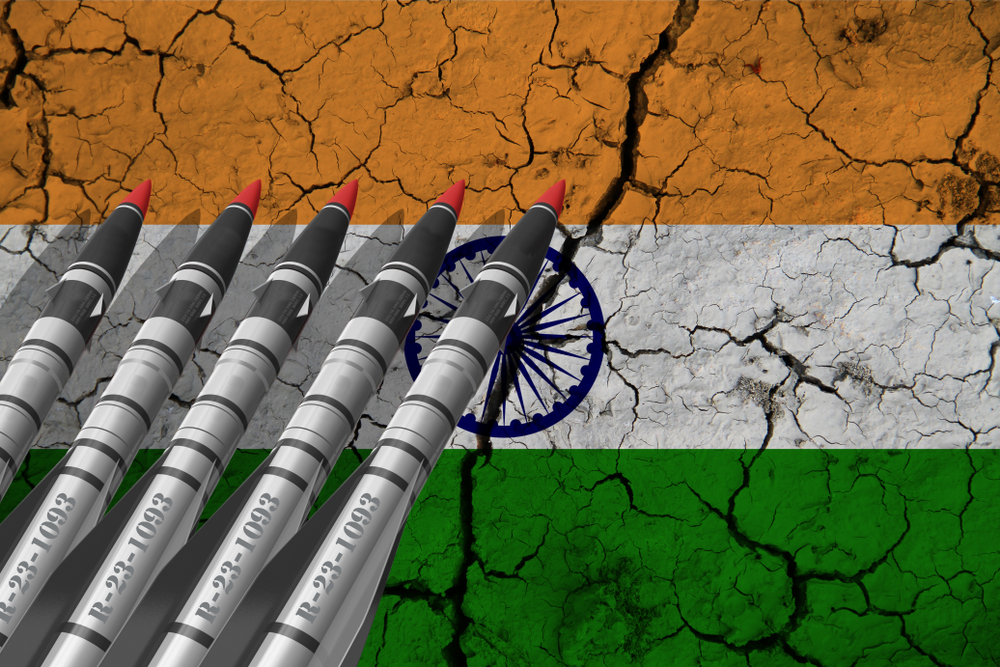

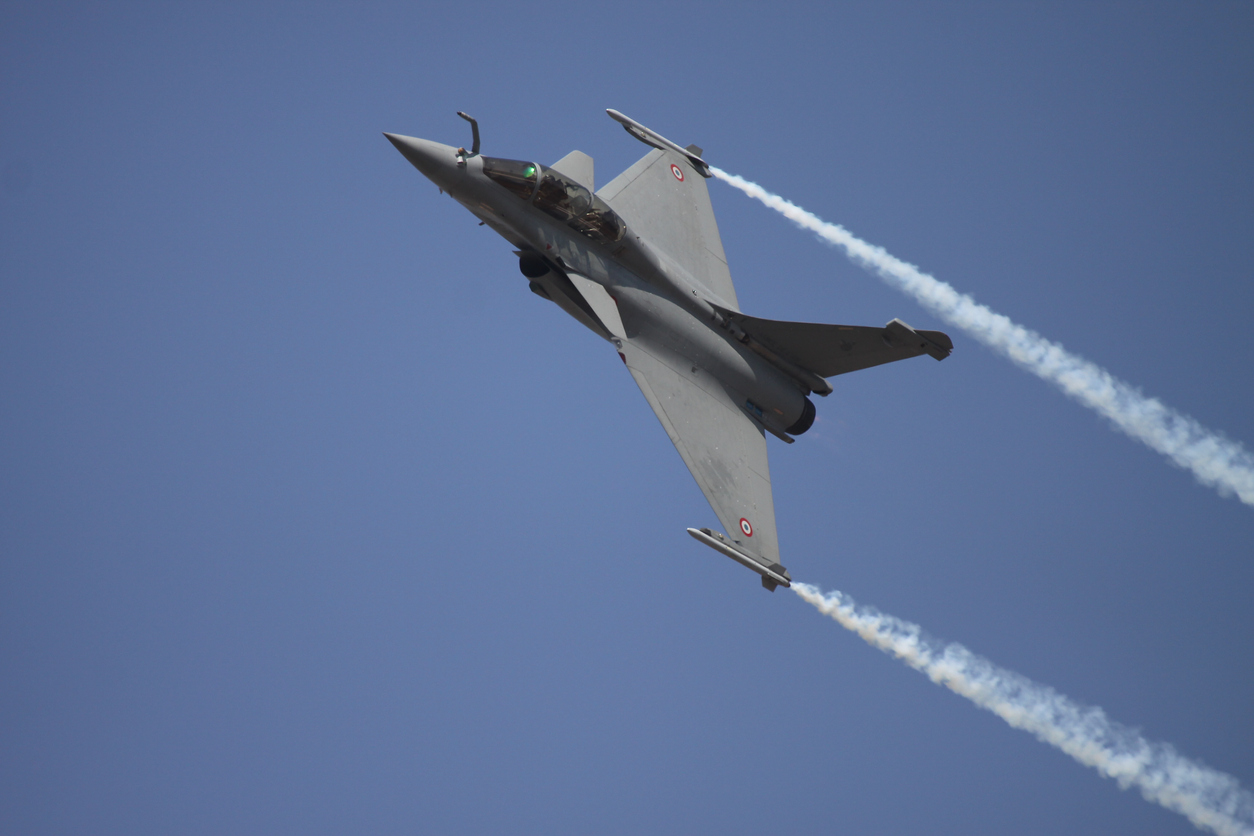
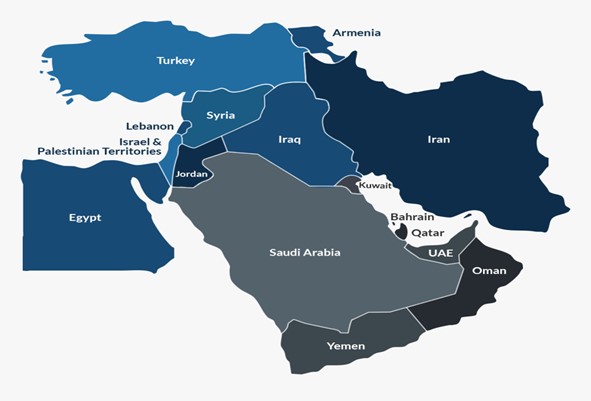

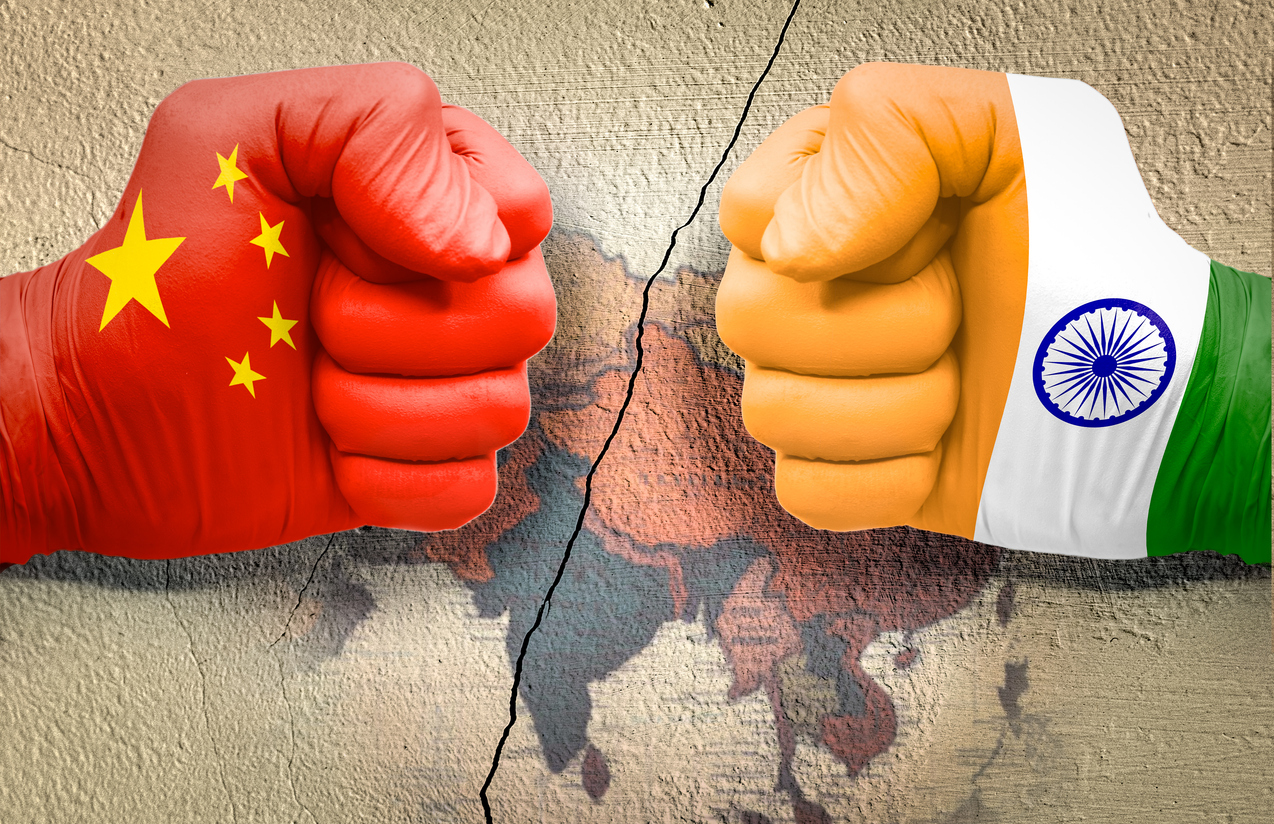
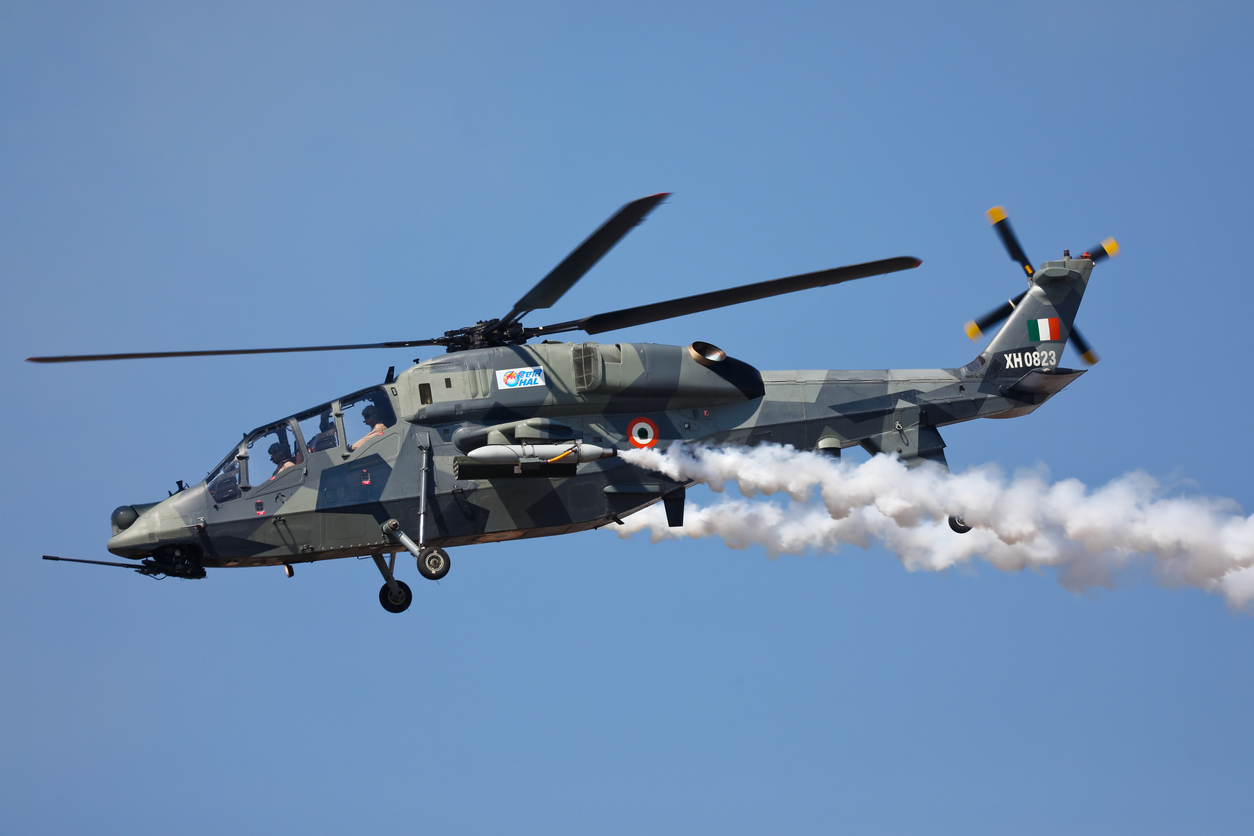
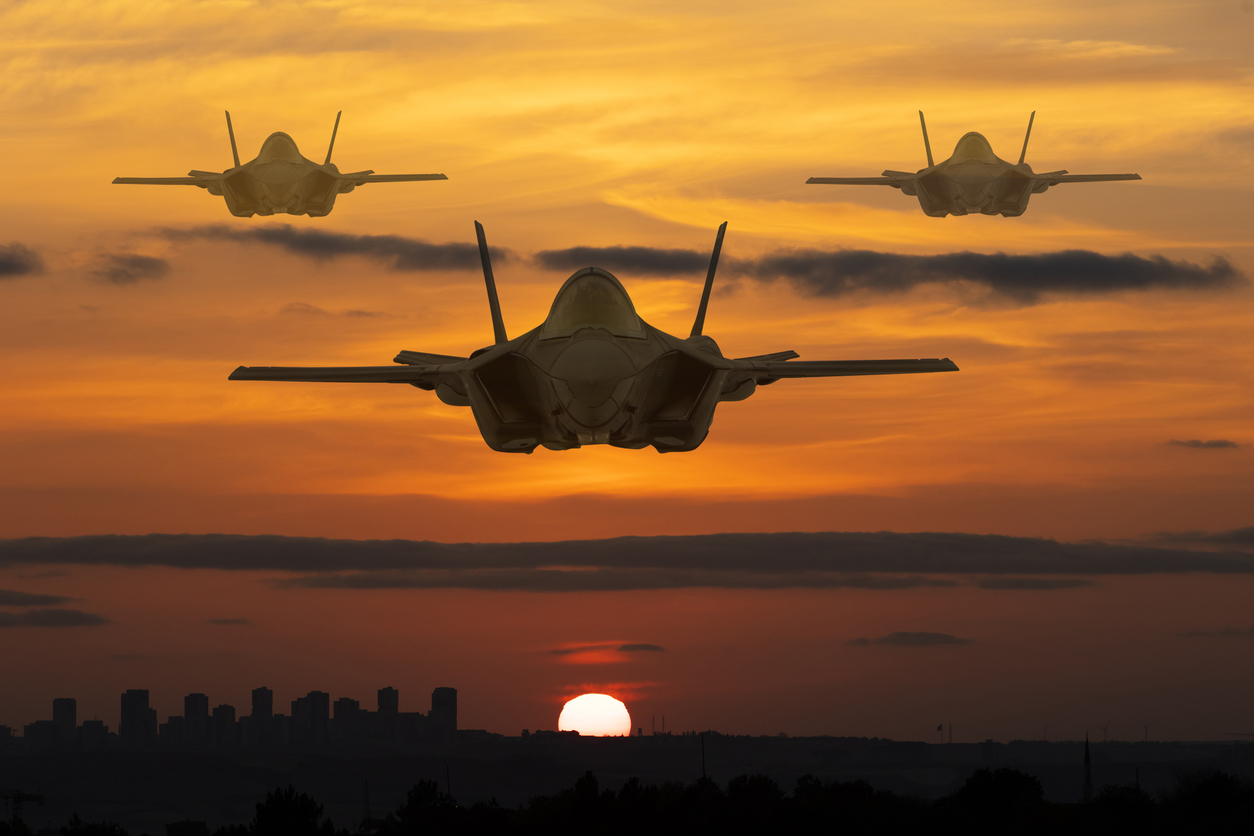






POST COMMENTS (1)
sudhish